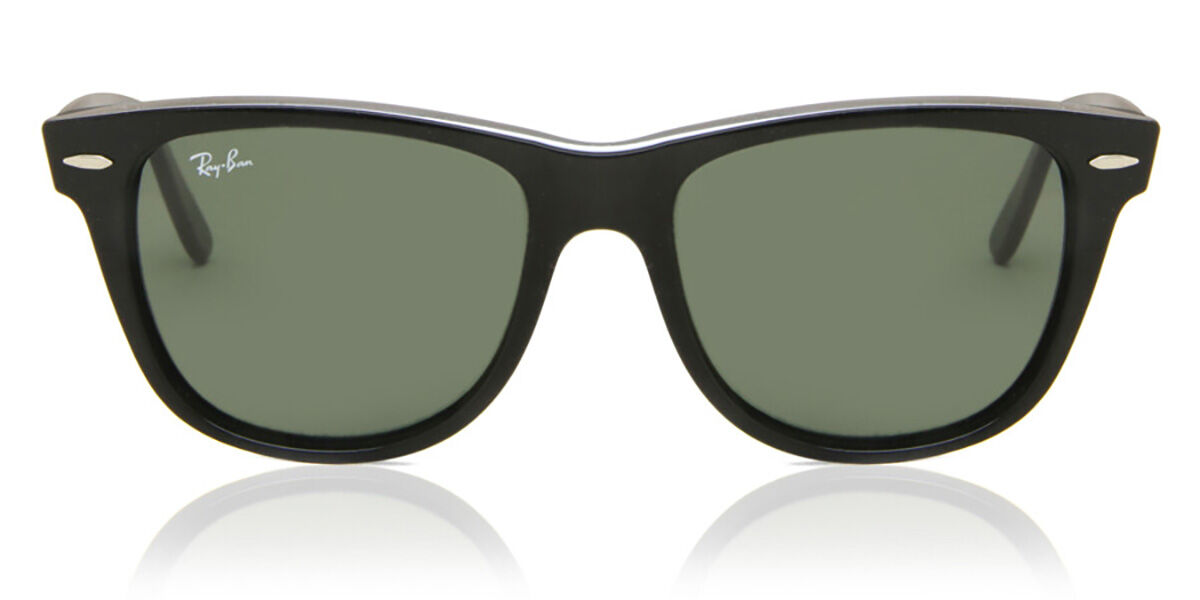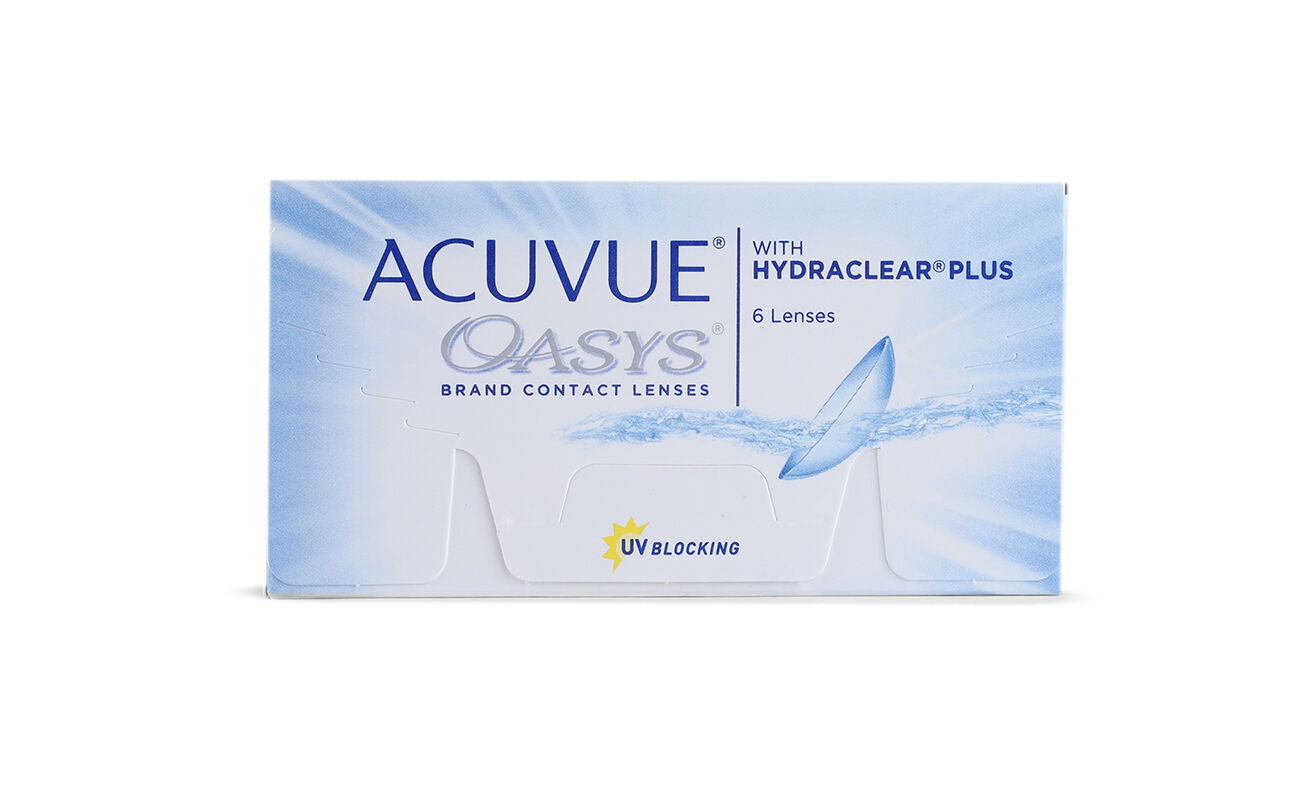Transition lenses Another name for photochromic lenses, which change their tint based on the amount of UV light exposure. These lenses automatically adjust from clear indoors to dark outdoors, providing continuous comfort and UV protection without needing to switch between regular glasses and sunglasses.
Category Archives: Optical Centre
Tear ducts
Tear ducts Small channels located in the inner corners of your eyes that drain tears into your nasal cavity. Tear ducts help keep your eyes moist, remove debris and provide protection against infection. Blocked tear ducts can lead to watery eyes or infections and may require medical treatment.
Single vision lenses
Single vision lenses Lenses that have a single prescription across the entire lens, used to correct nearsightedness, farsightedness, or astigmatism. Unlike multifocal lenses, single vision lenses are designed to focus at one specific distance, either for seeing clearly at a distance or up close.
Retinal detachment
Retinal detachment A serious eye condition where the retina, the light-sensitive layer at the back of the eye, separates from the underlying tissue. Symptoms include a sudden increase in floaters, flashes of light, or a shadow over your field of vision. Retinal detachment requires emergency treatment to prevent permanent vision loss.
Reading glasses
Reading glasses Glasses designed to help with close-up tasks like reading, sewing, or using a smartphone. Reading glasses typically have single vision lenses with a positive diopter value, correcting the difficulty to focus on close objects caused by presbyopia.
Pupils
Pupils The black circular openings in the center of your eyes that control the amount of light entering the eye. Pupils dilate (expand) in low light to let in more light and constrict (shrink) in bright light to protect the retina. They play a key role in focusing and adapting to different lighting conditions.
Pupillary distance
Pupillary distance This is the measurement from one pupil centre to the other pupil centre, measured in millimetres, important for ensuring that your lenses are correctly aligned with your eyes. Accurate pupillary distance is crucial for the effectiveness of your glasses, especially for tasks that require precision, like reading or computer work.
Progressive lenses
Progressive lenses Multifocal lenses with a seamless gradient of varying optical powers, allowing clear vision at different distances without the visible lines found in bifocal or trifocal lenses. Progressive lenses are often used to correct presbyopia, providing a more natural visual experience for activities ranging from driving to reading.
Prism lenses
Prism lenses Specialised lenses used to correct double vision (diplopia) by altering the way light enters the eye, helping to align the images seen by each eye into a single, clear image. Prism lenses are often prescribed for people with certain eye alignment disorders, such as strabismus.
Presbyopia
Presbyopia An age-related condition where the eye’s lens loses its flexibility, making it difficult to focus on close objects. Typically starting in your 40s, presbyopia is a natural part of aging and is commonly corrected with reading glasses, bifocals, or varifocal lenses.








































